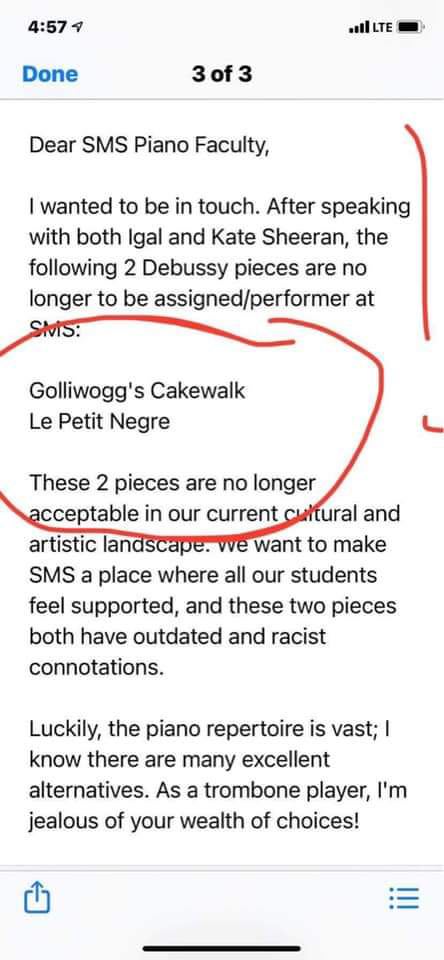Exclusive: New York school bans Debussy works
mainThis is from the Special Music School at Kaufman Music Center in NYC:


This is from the Special Music School at Kaufman Music Center in NYC:

The leading Mexican conductor Enrique Batiz died yesterday…

We hear that two string players in the…

From the Santa Fe New Mexican: Charles MacKay,…

The London Philharmonic Orchestra has appointed Jesús Herrera…

Session expired
Please log in again. The login page will open in a new tab. After logging in you can close it and return to this page.
Comments